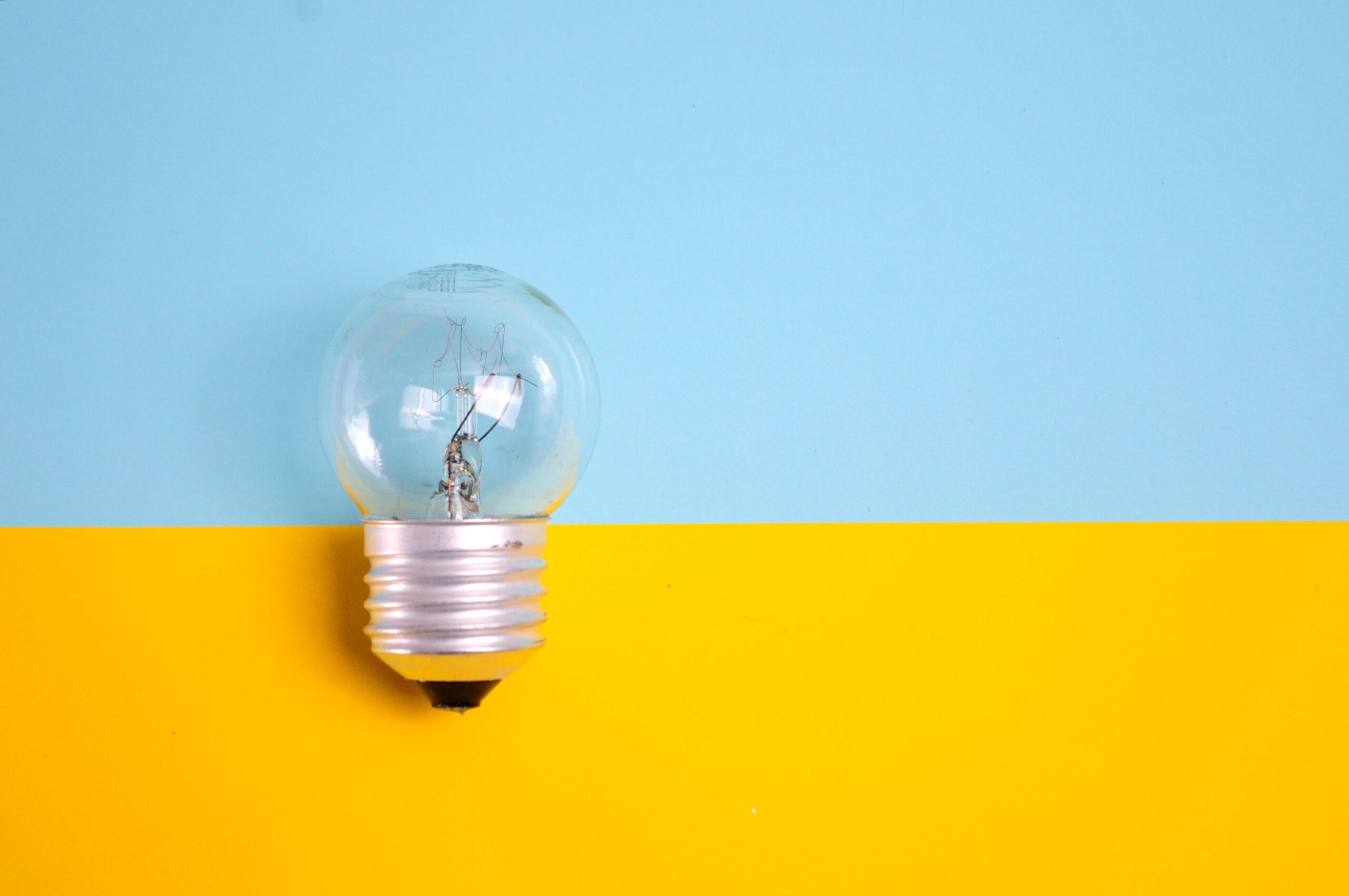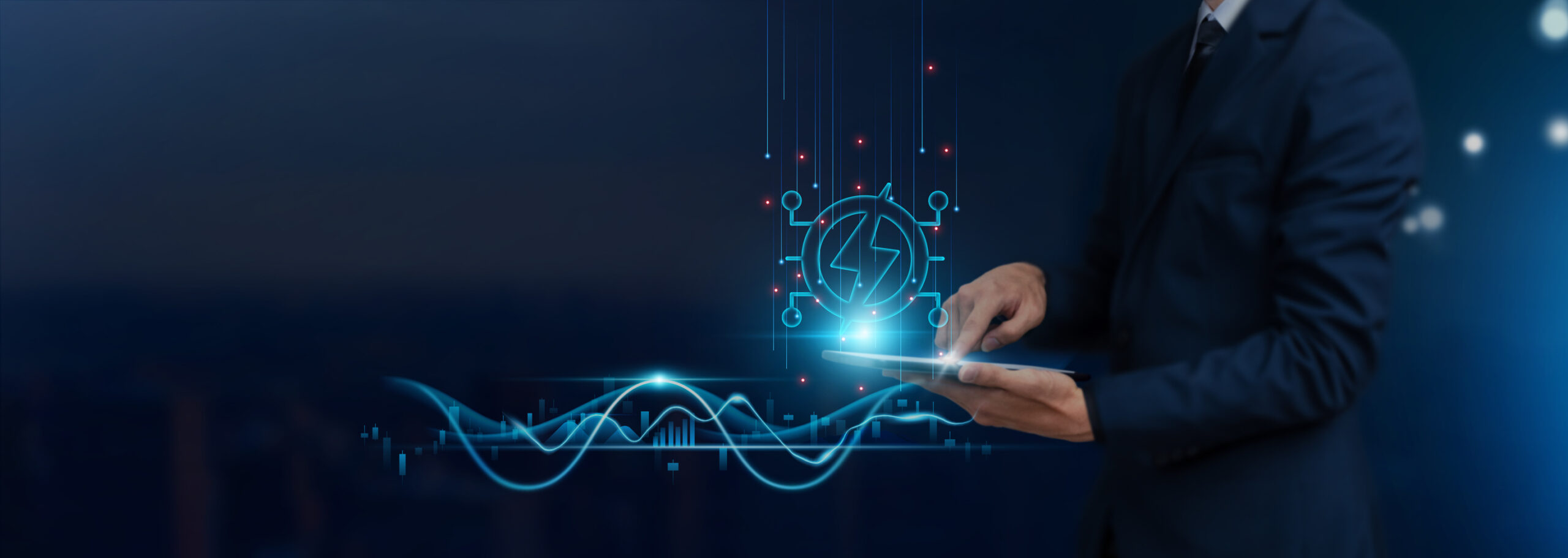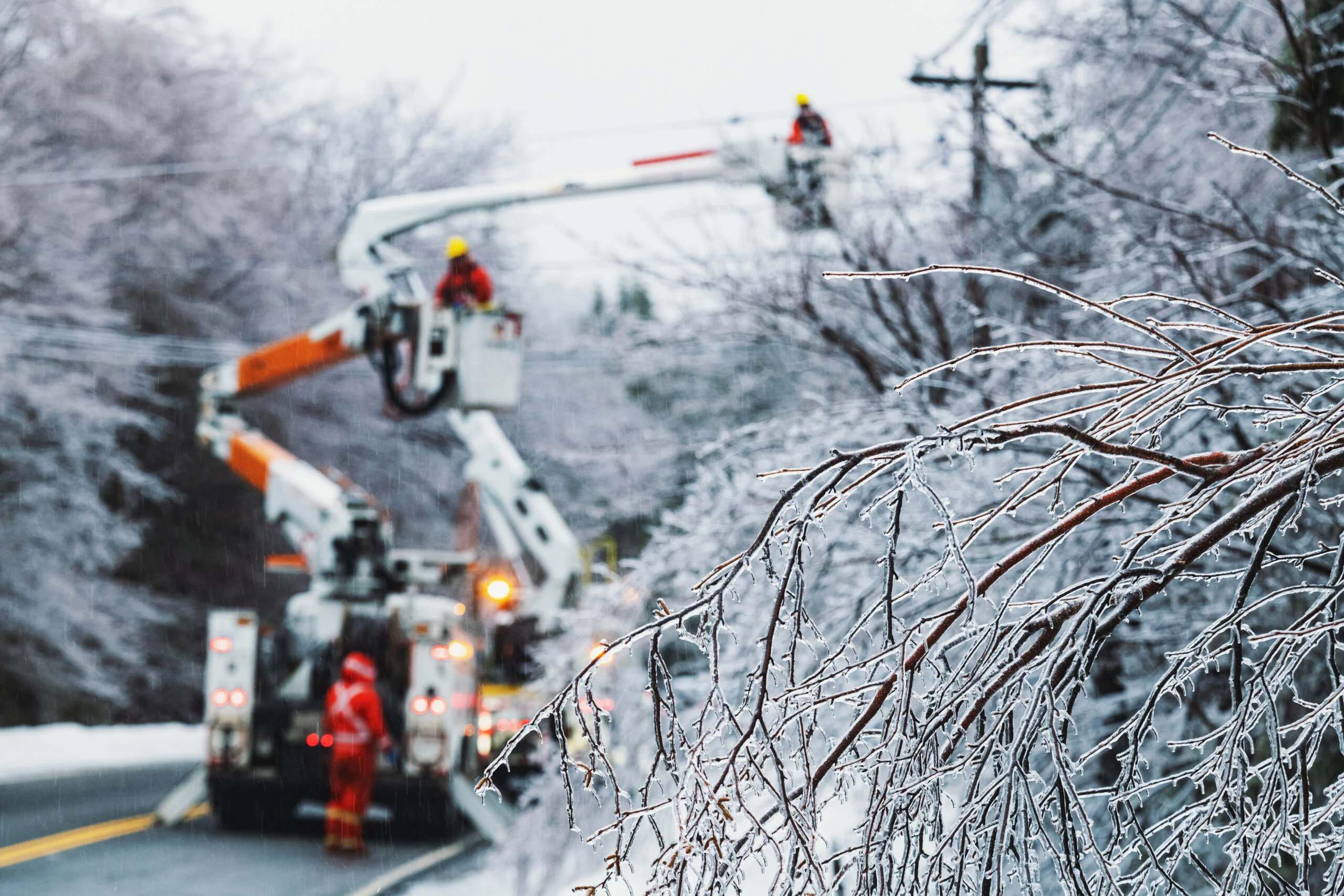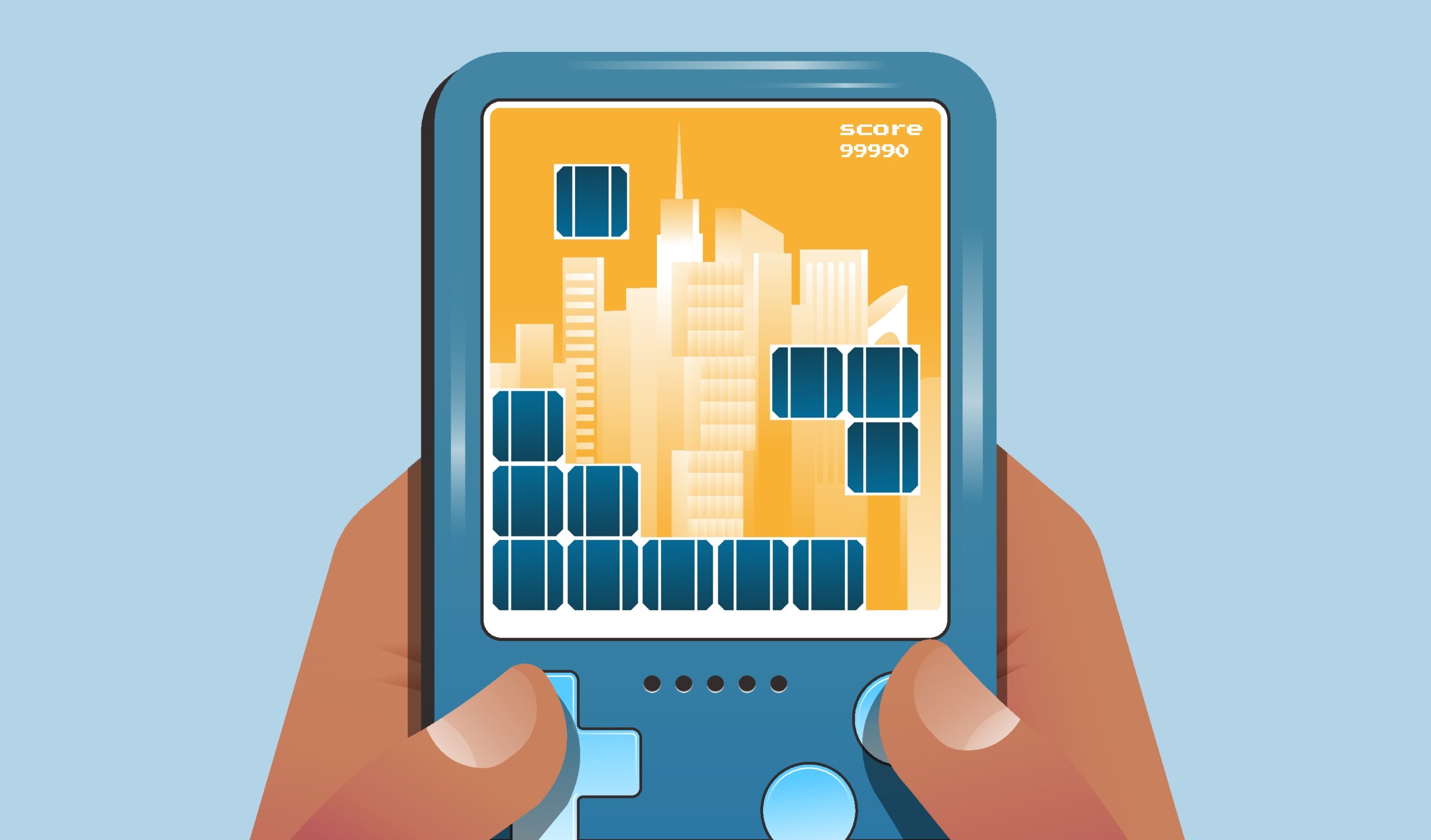If you’re reading this, you likely know that demand response (DR) is a time-tested and effective way to manage electricity consumption during peak hours by controlling energy-hungry devices like HVAC units and water heaters. As such, demand response programs give utility providers access to manage these appliances by limiting the amount of electricity they consume for a short amount of time to prevent grid overload during times of peak demand. Demand response snapback is an effect that occurs immediately after a DR event. Once the period of demand response conservation ends, utility providers no longer need to control consumer devices, and so when utilities release control, those items come back online creating a “snapback” effect as they fully reconnect with the grid.
Demand Response & Flexibility
Effective demand response programs use real-time data to monitor the amount of electricity consumed in an area. When consumption peaks, the utility provider can connect with smart devices to limit how much energy they use.
For example, on an exceptionally hot day, the utility company can tell smart thermostats to stay above a specific temperature to minimize usage. Customers who opt into the DR program might notice that their thermostats stay above 70 degrees Fahrenheit during peak time. As the sun sets and temperatures fall, climate control systems don’t need to work as hard to keep people comfortable. At this time, the DR program will relinquish control of smart devices to customers.
Additionally, utility companies can tap into distributed energy resources (DERS) like solar panels, batteries, and wind turbines to support the area’s higher electricity needs. Combining these strategies helps meet electricity demand without dramatically increasing the cost of energy or releasing more emissions into the atmosphere. It’s a flexible approach that benefits everyone involved by increasing energy security, lowering high peak electricity costs, and increasing the customer satisfaction you need to evolve your programs.
What Is Demand Response Snapback?
Typically, demand response programs are used to defray energy costs and enhance grid resiliency during peak demand periods, which involve prolonged extreme temperatures. Because of that paradigm, demand response snapback is an observable effect that appears post-event, when device control is returned to ratepayers.
Imagine you’re carrying a heavy box and several people offer to help. Their assistance is similar to what a demand response program does for the grid. At some point, though, the people let go of the box and you’re left carrying it without support. That moment is similar to the demand response snapback effect that grids can experience when peak consumption ends and utility companies relinquish device control.
The Effects of Demand Response Snapbacks
Governments and utility companies have been studying demand response and snapback for years. Data show that demand response snapback can have a significant effect on the electricity infrastructure. Despite the impact of snapbacks, communities experience net energy savings by implementing demand response programs.
One study shows that demand response reduced peak demand consumption by 0.86 kW per device. The peak snapback effect added 0.46 kW per device to the grid. While some parts of the infrastructure might have experienced stress immediately following the DR event, the snapback didn’t counteract the demand response program’s overall success.
While demand response snapback has the potential to stress grids, it’s important to remember that overall DR programs help keep the infrastructure functioning during peak times. Without a DR program, all devices would continue consuming the usual amount of electricity, which could lead to higher prices, infrastructure damage, and blackouts. Even if snapbacks created serious problems, they’re preferable to the damage caused by avoiding demand response initiatives.
Curbing the Effects of Demand Response Snapback
Ultimately, DR programs yield more benefits than the challenges that demand response snapback could potentially create, but there are still options to manage usage post-event. For instance, utility providers can potentially increase the effectiveness of their demand response programs by implementing technologies that curb the effects of snapbacks.
Forecasting Energy Needs
Load forecasting uses real-time data, machine learning, and complex algorithms to accurately predict energy needs. When utility providers have good estimates, they can prepare for periods of peak demand by harnessing electricity from local DERs. Likewise, forecasting software also helps utility providers determine when they need to activate demand response strategies and how long high demand will last.
Both of these factors can help curb the unwanted effects of demand response snapbacks. When you can plan for increases and decreases in demand, it’s much easier to prevent potential disruptions. Perhaps you pull more power from DERs to accommodate the power needs of appliances as they come back online. Perhaps you segment your participants by area so they don’t all start drawing from the grid at the same time. In either example, there are feasible solutions to mitigate the impact of demand response snapback. The precise strategy utility providers use will depend on their unique needs. Regardless, forecasting that makes planning easier also opens opportunities for managing demand response snapbacks.
Reconnecting Smart Devices Gradually
You can also reconnect smart devices to the grid gradually to prevent appliances from adding their full loads simultaneously. The right Grid-Edge distributed energy resource management (DERMS) suite will provide you with granular device control, making it possible for you to gradually increase electricity consumption by tapering off usage as you cede control to homeowners.
For example, you might set smart thermostats no lower than 70 degrees Fahrenheit during the hottest part of the day when everyone runs their units. After the peak time ends, you can progressively give customers more control over their devices. Ten minutes after the demand event, perhaps the thermostats can go as low as 69. An hour later, the owner has full control. Taking this gradual approach means the infrastructure won’t experience a sudden jolt. Instead, demand during off-peak hours will increase slowly.
Demand Response Snapback Conclusion
It bears repeating: even when demand response snapbacks happen, demand response initiatives improve grid resilience, lower emissions, and help control costs. As more utility companies embrace DERMS to balance grid loads, expect to see more solutions that curb the effects of snapbacks.




